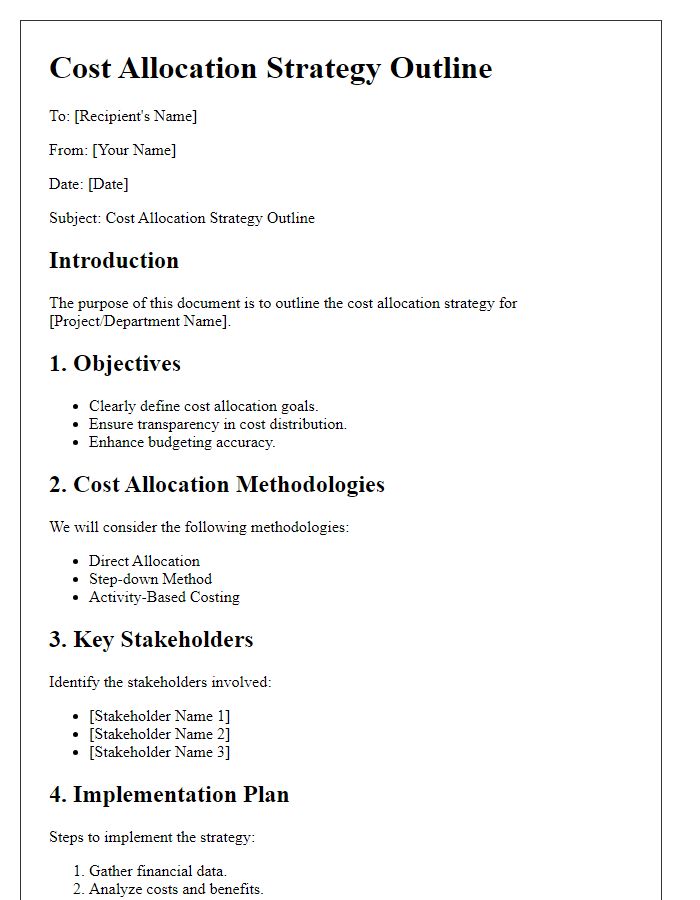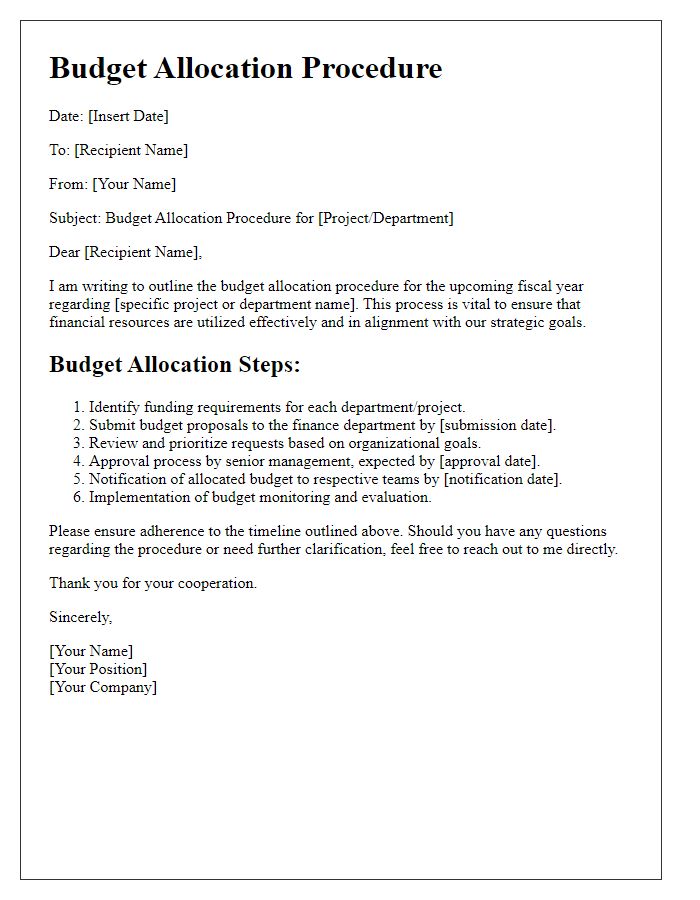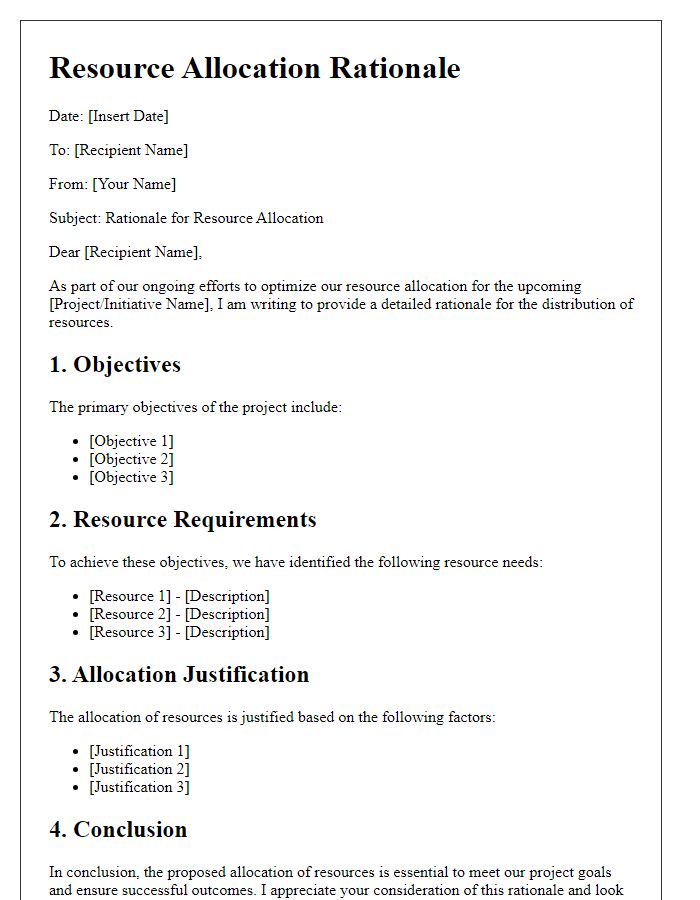Hello there! If you've ever wondered how businesses accurately distribute their costs to ensure fair pricing and effective budgeting, you're not alone. Understanding cost allocation methodology can seem daunting at first, but it's a crucial aspect of financial planning that helps organizations maintain transparency and efficiency. In this article, we'll break down the key components of cost allocation and explore its importance in various industries. So, grab your favorite beverage and let's dive deeper into this essential topic!

Clear Objectives and Purpose
Cost allocation methodologies in accounting aim to assign indirect costs to different departments or projects within organizations, enhancing financial transparency and accountability. Clear objectives include establishing accurate cost distribution, facilitating budget preparation, and improving decision-making processes. For example, manufacturing companies may allocate overhead costs (like utilities and administrative expenses) to specific product lines to evaluate profitability. In addition, organizations can enhance performance measurement by developing metrics based on allocated costs, ensuring alignment with strategic goals. The purpose of a robust cost allocation methodology is to provide insights that drive operational efficiency and optimize resource utilization across business units.
Detailed Description of Methodology
Effective cost allocation methodology is crucial for organizations to accurately distribute expenses. The methodology often involves defining cost pools, such as direct costs (e.g., salaries, materials) and indirect costs (e.g., utilities, administrative salaries). A common approach is Activity-Based Costing (ABC), which identifies activities within an organization and assigns costs to those activities based on actual consumption. For example, if a manufacturing company incurs $500,000 in total production overhead, and the allocation to specific products is based on machine hours used, this method ensures precise tracking of costs tied to production efficiency. This comprehensive approach enables managers to make informed decisions regarding budgeting and pricing strategies by providing clarity on how resources are consumed throughout various departments, ultimately impacting financial health and profitability.
Allocation Basis and Criteria
Cost allocation methodology involves systematic approaches for distributing costs across various departments or projects to ensure transparency and fairness. Common allocation bases include direct labor hours, machine hours, and square footage, which help quantify the resources consumed by each entity. Criteria such as the cost causation principle dictate that costs should be assigned to departments that directly benefit from the incurred expenses. For instance, maintenance costs might be allocated based on the square footage occupied by different departments, ensuring that larger departments, which require more upkeep, contribute a fair share. Additionally, indirect costs can be allocated using predetermined ratios or percentages, aligning with the department's respective contributions to overall revenue generation.
Transparency and Accountability Measures
Cost allocation methodology plays a crucial role in ensuring transparency and accountability in financial reporting for organizations. This methodology outlines the systematic approach to dividing costs among various departments, projects, or products, ensuring that each entity bears its fair share. Key components include direct costs, such as salaries and materials, and indirect costs like utilities and administrative expenses. For example, in a nonprofit organization, a clear cost allocation can reveal the funds used in a community service program versus fundraising efforts, fostering trust among stakeholders and donors. Furthermore, implementing regular audits and using software tools can enhance the accuracy of the allocation process, ensuring compliance with regulatory requirements, such as those outlined in the Generally Accepted Accounting Principles (GAAP). Ultimately, a robust cost allocation methodology supports informed decision-making and strengthens the organization's integrity in fiscal management.
Contact Information for Queries
Cost allocation methodologies play a crucial role in financial management, particularly in large organizations such as multinational corporations or government agencies. Effective methodologies allocate costs accurately to departments or projects, ensuring transparency and accountability. A well-defined methodology typically includes variables like direct costs (expenses directly linked to a product or service) and indirect costs (overhead expenses such as administrative salaries). Essential factors include the allocation bases, like labor hours or machine hours, used to distribute those costs effectively. Documentation of the methodology is vital, enhancing consistency in financial reporting across fiscal years. Understanding these principles enables stakeholders to make informed decisions regarding budgeting and resource management.













Comments